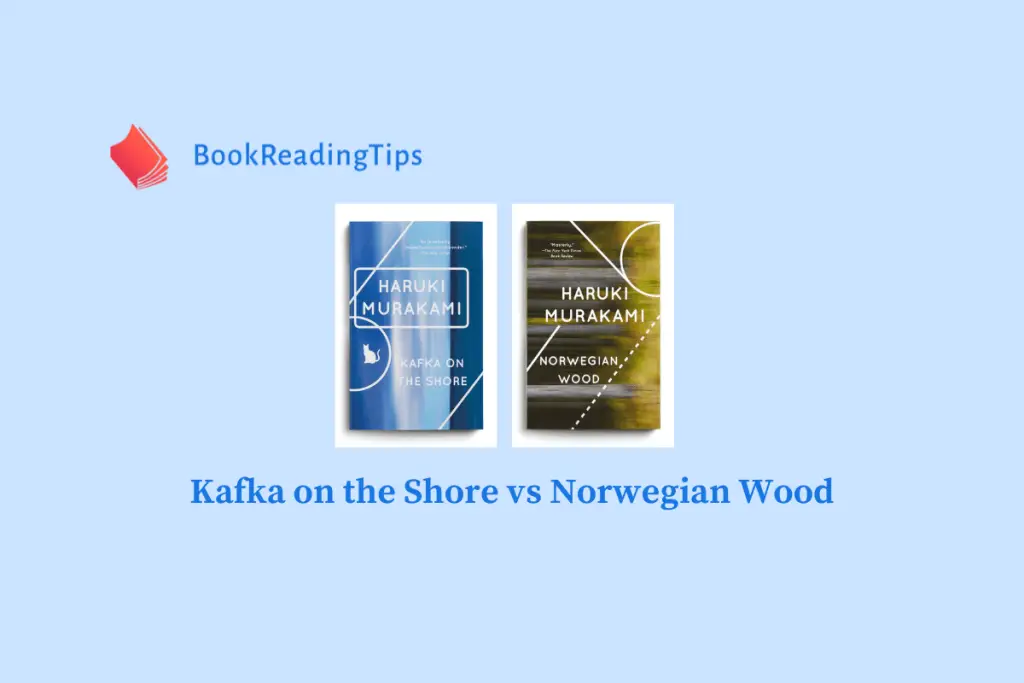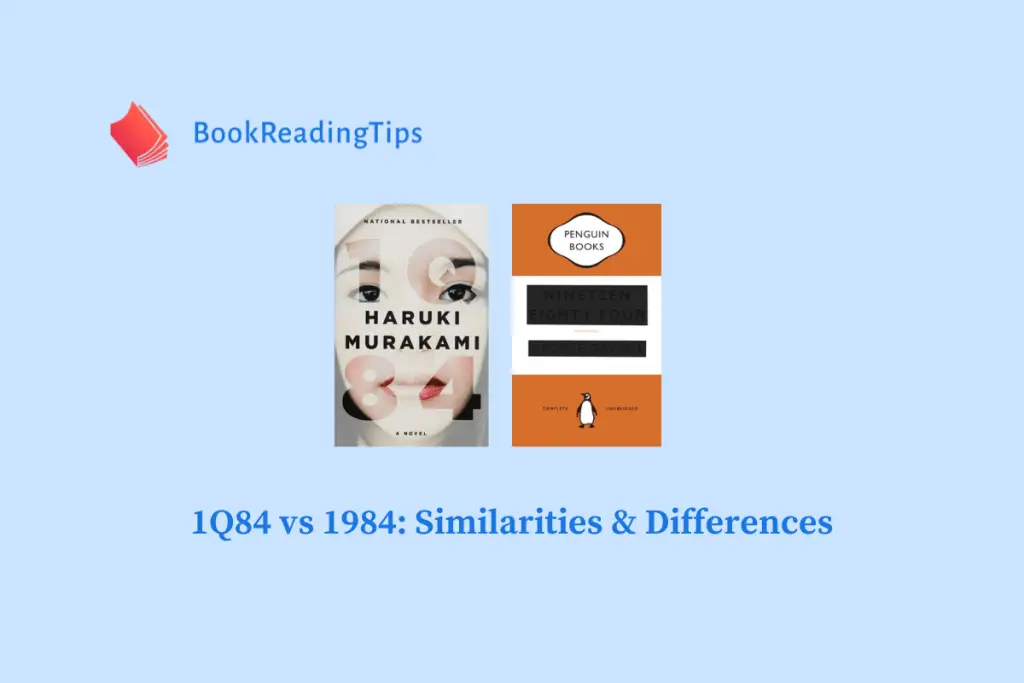Published in 1994, The Wind-up Bird Chronicle has generated significant interest and discussion about whether it’s truly a fantastic literary piece or not. Although opinions can vary, we will delve into the aspects that make this novel stand out to a majority of readers.
The Wind-up Bird Chronicle is one of Murakami’s longest novels and it skillfully blends elements of magical realism with his unique writing style. The story dives deep into themes of loss, identity, and connection, making it a relatable yet thought-provoking read for many. By examining the character development, plot intricacies, and narrative structure, you’ll be better equipped to determine if this novel is good for your literary taste.
As you delve into the novel’s world, you’ll become immersed in the protagonist’s life experiences, taking on a journey filled with introspection and self-discovery. Naturally, not every reader will appreciate the enigmatic and surreal elements found in the book. So, keep an open mind while reading, and let yourself form your own opinion on whether The Wind-up Bird Chronicle is a good read for you.
Table of Contents
- Brief Summary of The Wind-Up Bird Chronicle
- Themes and Literary Style
- Context of the Wind-Up Bird Chronicle
- Critiques and Reception
- Comparison with Other Works by Murakami
- Conclusion
Brief Summary of The Wind-Up Bird Chronicle
In The Wind-Up Bird Chronicle, a novel by Haruki Murakami, you follow the story of Toru Okada, an unemployed man living in Tokyo. The book, which is one of Murakami’s critically acclaimed works, delves into themes of psychological depth, magical realism, and the search for meaning and purpose.

At the beginning of the story, Toru’s cat, which he shares with his wife, mysteriously disappears. This event leads him on a journey to find the cat and, in the process, meets a variety of eccentric characters. Among these, are Malta and Creta Kano, who possess psychic abilities, and the enigmatic Lieutenant Mamiya, who shares stories of his experiences during World War II with Toru.
As the novel unfolds, you learn about Toru’s relationship with his wife, Kumiko, and their mutual search for understanding of their lives together. There are also parallel storylines featuring other characters and their experiences, contributing to the overall depth and complexity of the narrative.
In The Wind-Up Bird Chronicle, Murakami masterfully weaves together multiple realities and layers, immersing you in a world where the magical and the mundane intermingle. The novel delves into themes such as identity, reality, fate, and the power of the mind.
The Wind-Up Bird Chronicle is a captivating and thought-provoking work that showcases Haruki Murakami’s unique storytelling style and his ability to blur the lines between reality and the surreal.
Themes and Literary Style
Surrealism
In The Wind-Up Bird Chronicle, you’ll find that surrealism is a significant aspect of the narrative. Characters frequently experience dream-like sequences and unusual events that blend the lines between reality and fantasy. This style allows for a deeper exploration of themes like hope and despair. Through surrealism, the novel effectively communicates the complex emotions and experiences that the characters navigate.
Symbols
The novel uses various symbols to convey ideas and emotions. Lions, for instance, represent power and strength in the story. Their presence adds depth to the characters’ experiences and helps weave a rich tapestry of meaning. Similarly, light and dark are used as symbols of hope and despair. By paying attention to these symbols, you can better understand the characters’ emotional journeys and deepen your interpretation of the narrative.
Metaphors
The Wind-Up Bird Chronicle is rich in metaphors, which contribute to its overall themes and literary style. For example, the wind-up bird itself serves as a metaphor for the connection between the past and present. Throughout the novel, the bird’s song reminds the characters of their past experiences and forces them to confront their emotions. Other metaphors, such as joy and hope, are employed skillfully by the author to add complexity to the story, enhancing your reading experience.
Context of the Wind-Up Bird Chronicle
Tokyo in World War II
During the time of World War II, Tokyo was heavily bombed, and much of the city was destroyed. The Wind-Up Bird Chronicle explores the effects of the war on the city and its people. As you read the novel, you can discover how the past events have shaped the characters and their experiences in present-day Tokyo.

Manchukuo Incident
The Manchukuo Incident, which is an important part of the novel, refers to the establishment of the puppet state of Manchukuo in Northeast Asia by Japan. The incident involved the occupation of Manchuria by the Japanese Kwantung Army. This historical event serves as a backdrop for many crucial moments in the story.
In the Wind-Up Bird Chronicle, Haruki Murakami weaves a complex narrative that connects the experiences of its main protagonist, Toru Okada, to the wider political and historical events of Japan. Publishers like Knopf have brought this book to international readers, making it a widely acclaimed work.
The novel’s surreal elements, such as the mysterious disappearance of cats, complement the darker themes related to Tokyo during World War II and the Manchukuo Incident. Murakami’s previous works like Norwegian Wood and Kafka on the Shore also explore complex themes and combine reality with the fantastical.
Several characters in the novel, such as Noboru Wataya and Malta Kano, have connections to the war and its aftermath. Author Haruki Murakami has received numerous awards for his literary work, including the prestigious Yomiuri Literary Award. Like other prominent Japanese writers, such as Kenzaburō Ōe, Murakami’s writing reflects the effects of World War II on Japanese society and culture.
As you delve into The Wind-Up Bird Chronicle, you will come across the intricate connections between its characters and Japan’s historical events, making it an engaging read for those interested in learning about the experiences of individuals during this tumultuous time.
Critiques and Reception
In the literary world, The Wind-Up Bird Chronicle has received a range of opinions over the years, with some readers and critics hailing it as a masterpiece, while others find faults in certain aspects. One area of concern is the depiction of rape within the novel. Some critics argue that the use of sexual violence is unnecessary and adds little depth to the narrative, whereas others believe that it serves as a tool to explore complex ideas of suffering and pain.
Another frequent point of discussion is the quality of the English translation by Jay Rubin. As you know, translating a work of fiction, particularly one as intricate as this novel, can be a challenging task. Some critics feel that Rubin’s work is faithful to the original Japanese text and feel that the novel retains its distinctiveness in English. However, some readers argue that certain subtleties and nuances may have been lost in the translation process.
It is worth noting that the English translation is an abridged version, omitting certain passages found in the original Japanese edition. While some critics appreciate this streamlined approach, others feel essential components may have been removed, potentially impacting the overall experience.
While The Wind-Up Bird Chronicle has been praised for its unique narrative style and exploration of complex themes, some have criticized the handling of sensitive subjects, such as rape, along with concerns about the English translation. As you delve into the novel, it is helpful to consider these critiques and form your own opinion on the work.
Comparison with Other Works by Murakami
In comparing Haruki Murakami’s The Wind-Up Bird Chronicle with Norwegian Wood, 1Q84, and Kafka on the Shore, you’ll notice some similarities and differences.
Murakami’s distinctive writing style and themes appear consistently throughout his novels. You can find elements of magical realism, loneliness, and existentialism in both Norwegian Wood and Kafka on the Shore. These themes are also present in The Wind-Up Bird Chronicle. In all three novels, the protagonists experience a journey of self-discovery and navigate complex relationships with others.
However, Norwegian Wood is more grounded in reality compared to the other two novels. It focuses on love, loss, and nostalgia, predominantly taking place in the 1960s. The novel doesn’t delve too deeply into the surrealism that Murakami is known for in his other works.
On the other hand, Kafka on the Shore shares more similarities with The Wind-Up Bird Chronicle, as they both heavily feature the mystical and surreal. In Kafka on the Shore, you’ll find talking cats, fish raining from the sky, and other fantastical elements interwoven with the protagonists’ stories. Similarly, these supernatural events and mysterious elements are also abundant in The Wind-Up Bird Chronicle.
1Q84 exhibits several striking similarities with The Wind-Up Bird Chronicle. Both feature complex, introspective protagonists navigating surreal and mysterious worlds. Symbolic motifs like cats and wells thread through both narratives, infusing them with layers of meaning. Additionally, Murakami’s signature blend of Japanese culture and history enriches both stories, creating immersive reading experiences.
Regarding structure, the narrative in The Wind-Up Bird Chronicle is more fragmented, with multiple storylines and perspectives. Meanwhile, Norwegian Wood maintains a linear and straightforward narrative, and Kafka on the Shore alternates between the two main narrators.
Conclusion
As a reader, you can appreciate the unique storytelling and complex characters in The Wind-Up Bird Chronicle. Murakami’s distinctive writing style captivates you from beginning to end, making this book a noteworthy addition to your reading list.
While exploring themes of love, loneliness, and self-discovery, The Wind-Up Bird Chronicle immerses you in a surreal world, effortlessly blending reality and fantasy. This novel allows you to reflect on your own life experiences and connect with the characters on a deeper level.
Although The Wind-Up Bird Chronicle may not be suitable for every reader, its intricate narrative and thought-provoking themes make it deserving of your consideration. By delving into this imaginative story, you open yourself up to a world of wonder and introspection.




